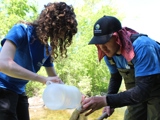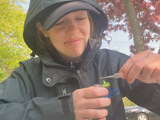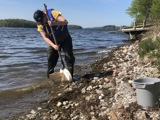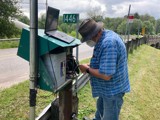Conservation Authorities across Ontario publish Watershed Report Cards every 5 years. They include information about water quality, forests, groundwater and wetlands. Staff collect and analyze monitoring data using standardized indicators to asses watershed health. Watershed Report Cards also include information about climate change and what you can do to improve watershed health.
Otonabee Conservation's Watershed Report Cards are available for 2013, 2018, and 2023.
| 2023 Watershed Report Card | 2018 Watershed Report Card | 2013 Watershed Report Card |
Learn more about the State of Ontario’s Watersheds or view Watershed Report Cards from across the Province.





